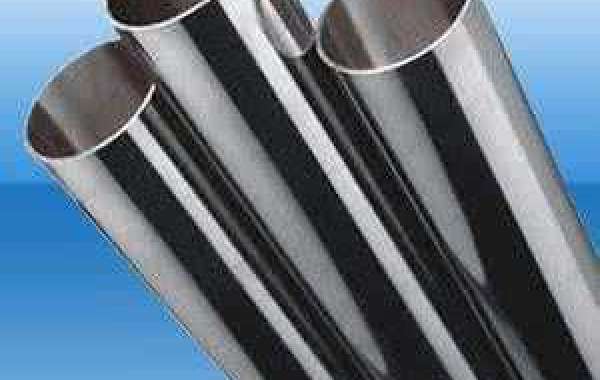Austenitic stainless steel seamless tube is a hot-rolled and cold-rolled seamless steel tube made of stainless steel for corrosion-resistant pipes and structural parts and parts widely used in chemical, petroleum, textile, medical, food, machinery and other industries.
When martensitic stainless steel has a single austenitic structure at high temperatures, it is not difficult to perforate, but when there is a duplex structure, the perforation performance is reduced. As the carbon content of martensitic stainless steel increases, the strength and hardness of the steel increase, but the plasticity decreases.
Both austenitic and martensitic stainless sheets of steel have high deformation resistance, high work hardening tendency, and slow recrystallization at high temperatures. Therefore, special attention should be paid to equipment and motor capabilities when cold rolling this type of steel.
The width of stainless steel is relatively large, so when cross-rolling and piercing, attention should be paid to controlling the transverse deformation, and the ellipticity should be smaller. The ellipticity of the cold and hot-rolled pipes should be larger, and the deformation of the pass should be small, so as to avoid ears, etc. The wall thickness of the stainless steel pipe is larger when the diameter is reduced without tension, and the diameter of the reducer The ovality of the hole type should be larger.
Ferritic stainless steel is brittle at room temperature, has a high sensitivity to stress during cold working, and low sensitivity to stress during hot rolling, and can be water quenched after rolling. Martensitic stainless steel is more sensitive to cracks, and cooling cannot be too fast after hot rolling, and stack cooling is generally adopted. Austenitic stainless steel is less sensitive to cracks and can be water quenched after hot rolling.
The low-temperature thermal conductivity of stainless steel is poor, and the coefficient of linear expansion is larger than that of carbon steel. In order to ensure the heating quality, low temperature (<800℃) slow heating should be adopted.
Because stainless steel has oxidation resistance, heating has less iron scale. However, the iron oxide scale contains chromium and nickel oxides and is very dense, so pickling is difficult during cold working.
Ferrite, austenite-ferrite and austenitic stainless steels tend to stick to the rolls during rolling, which reduces the surface quality of the steel pipe. Cast iron rolls for hot-rolled finished rolling mills can reduce roll sticking. In addition, it is also very important to use cooling water to cool the rolls reasonably.
Huzhou Nanxun Yintuo Special Material Technology Co., Ltd. is committed to producing high-quality super austenitic stainless steel seamless pipe and tube and other stainless steel seamless pipes. For more information, please consult us.








